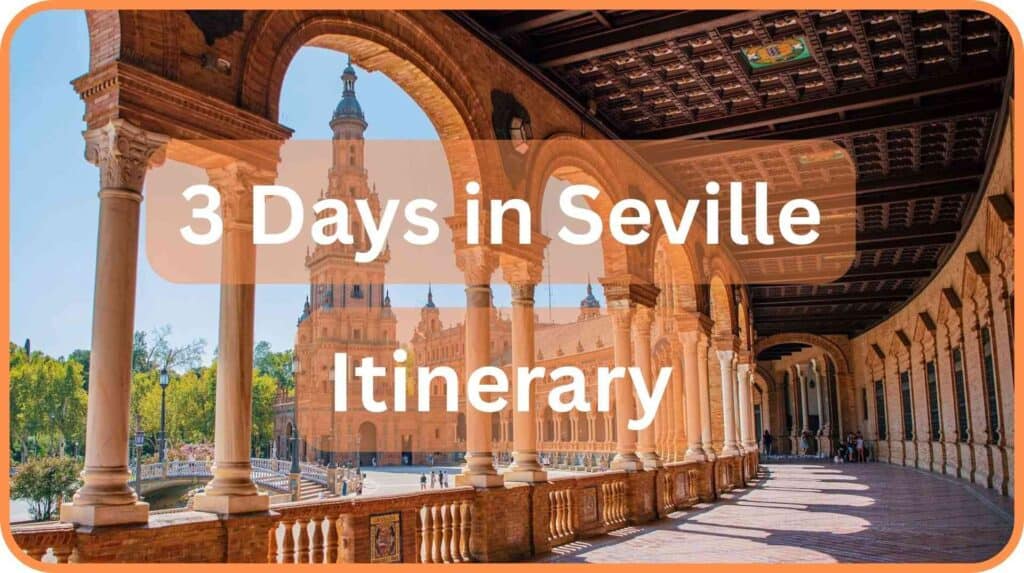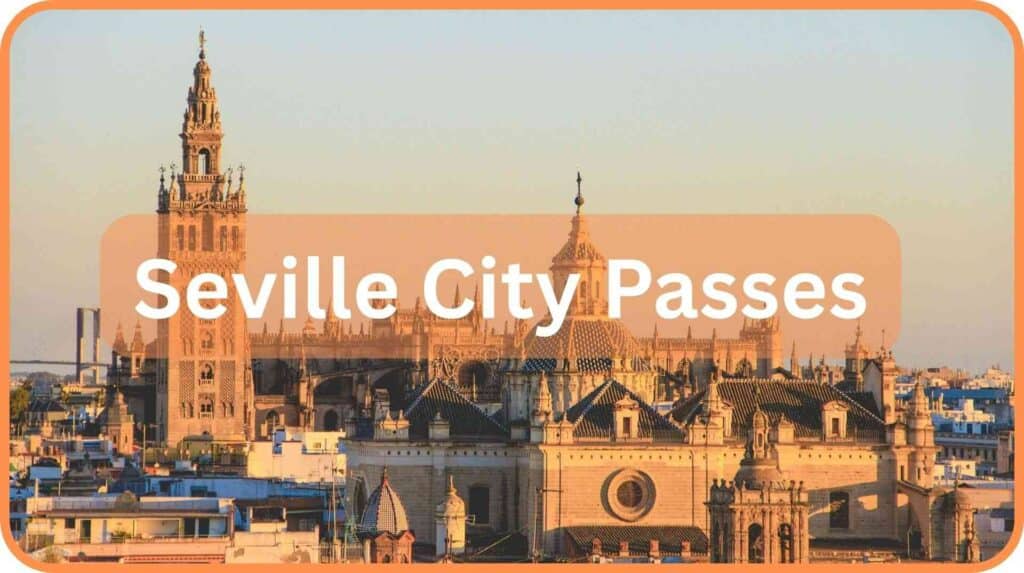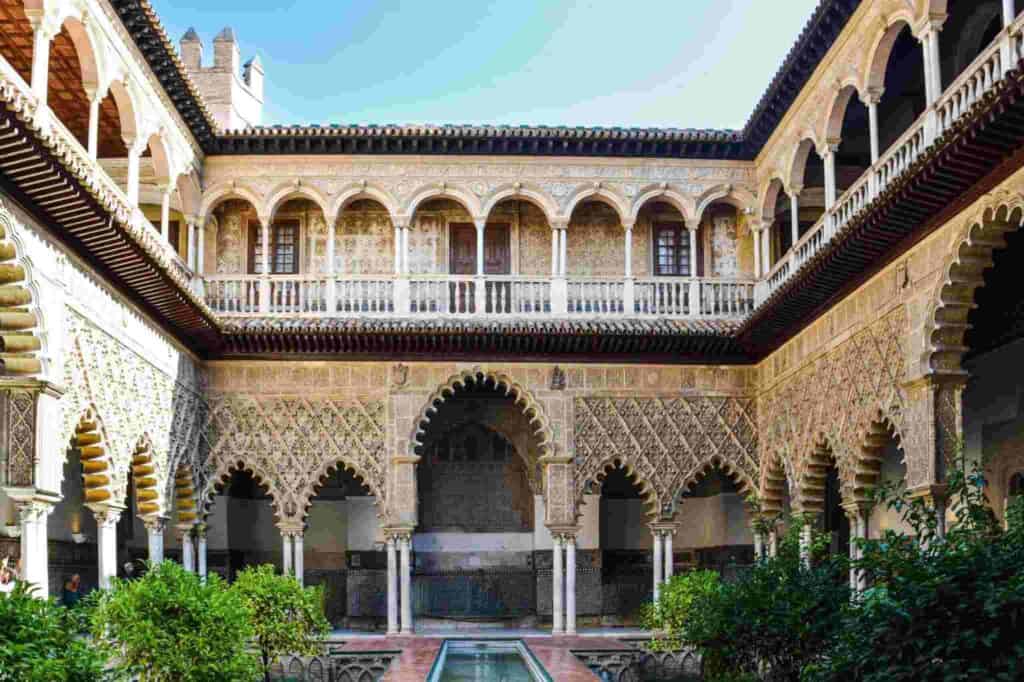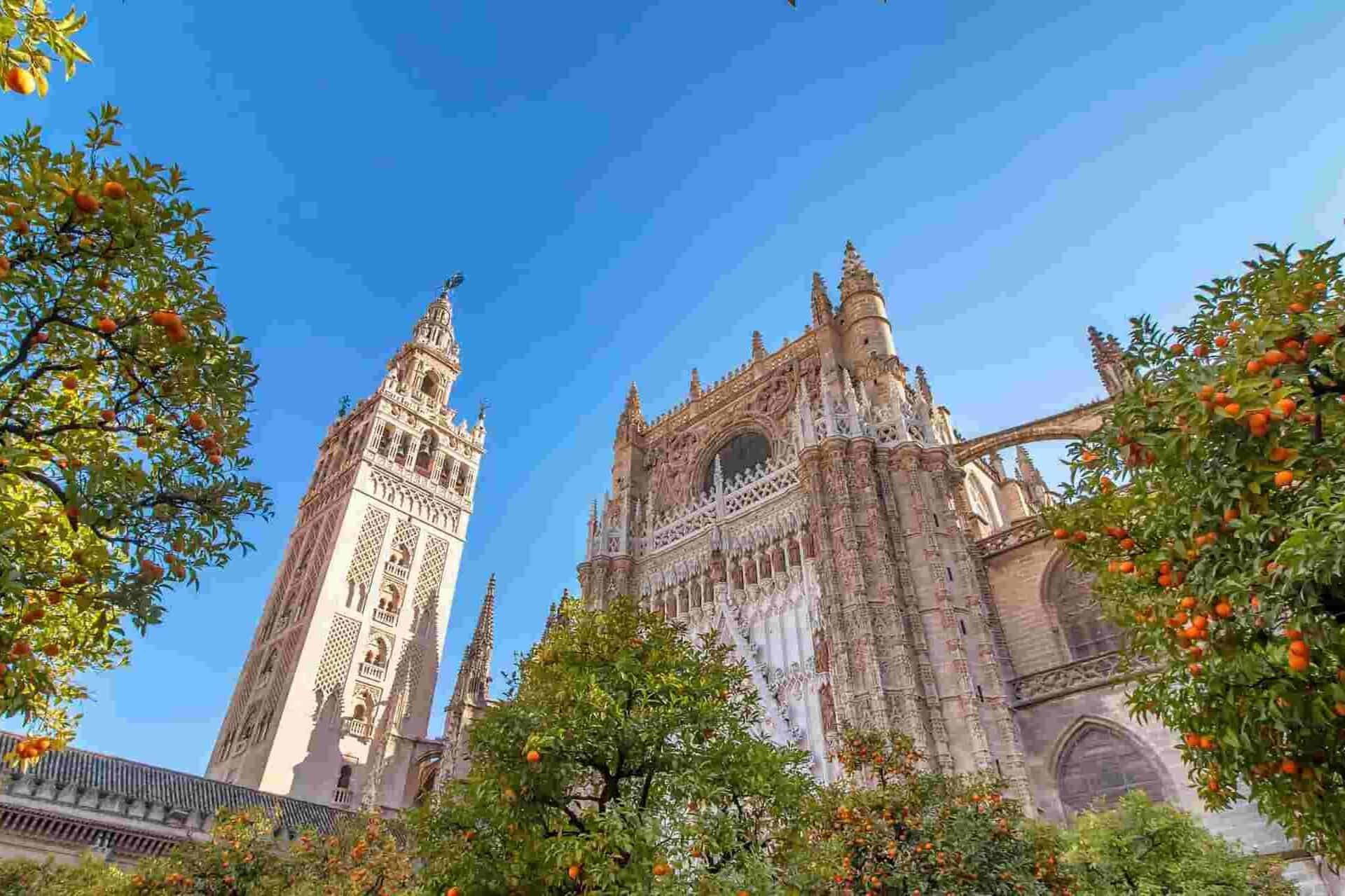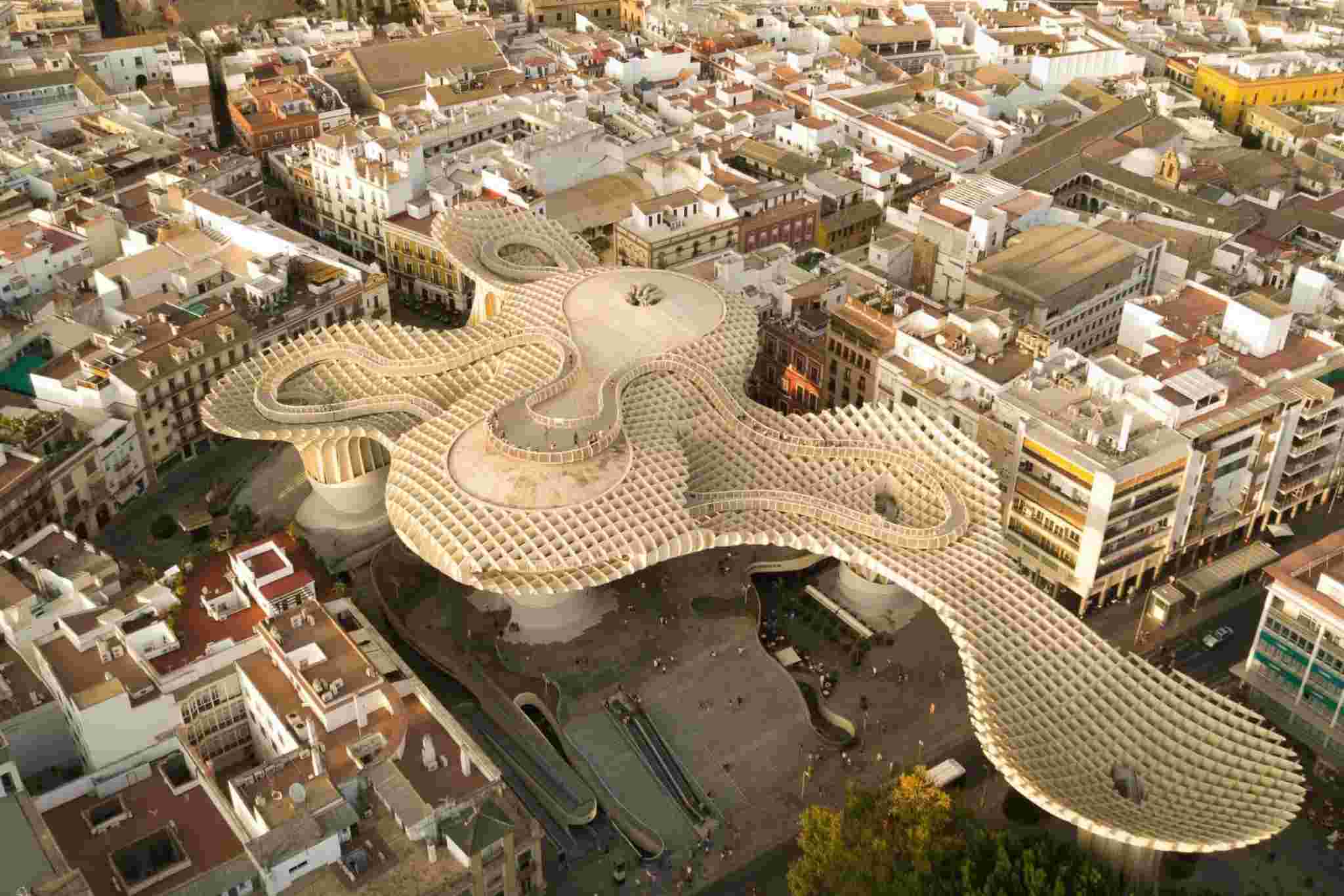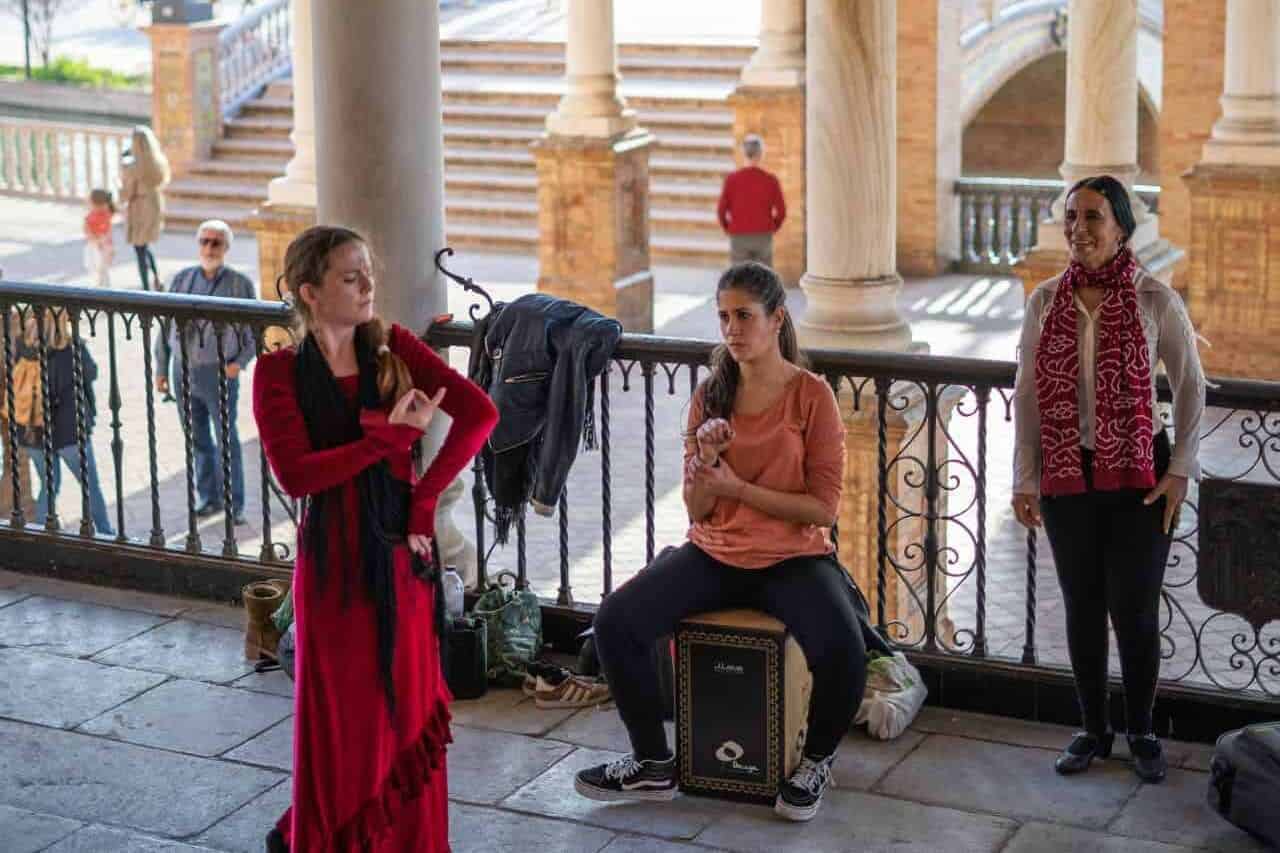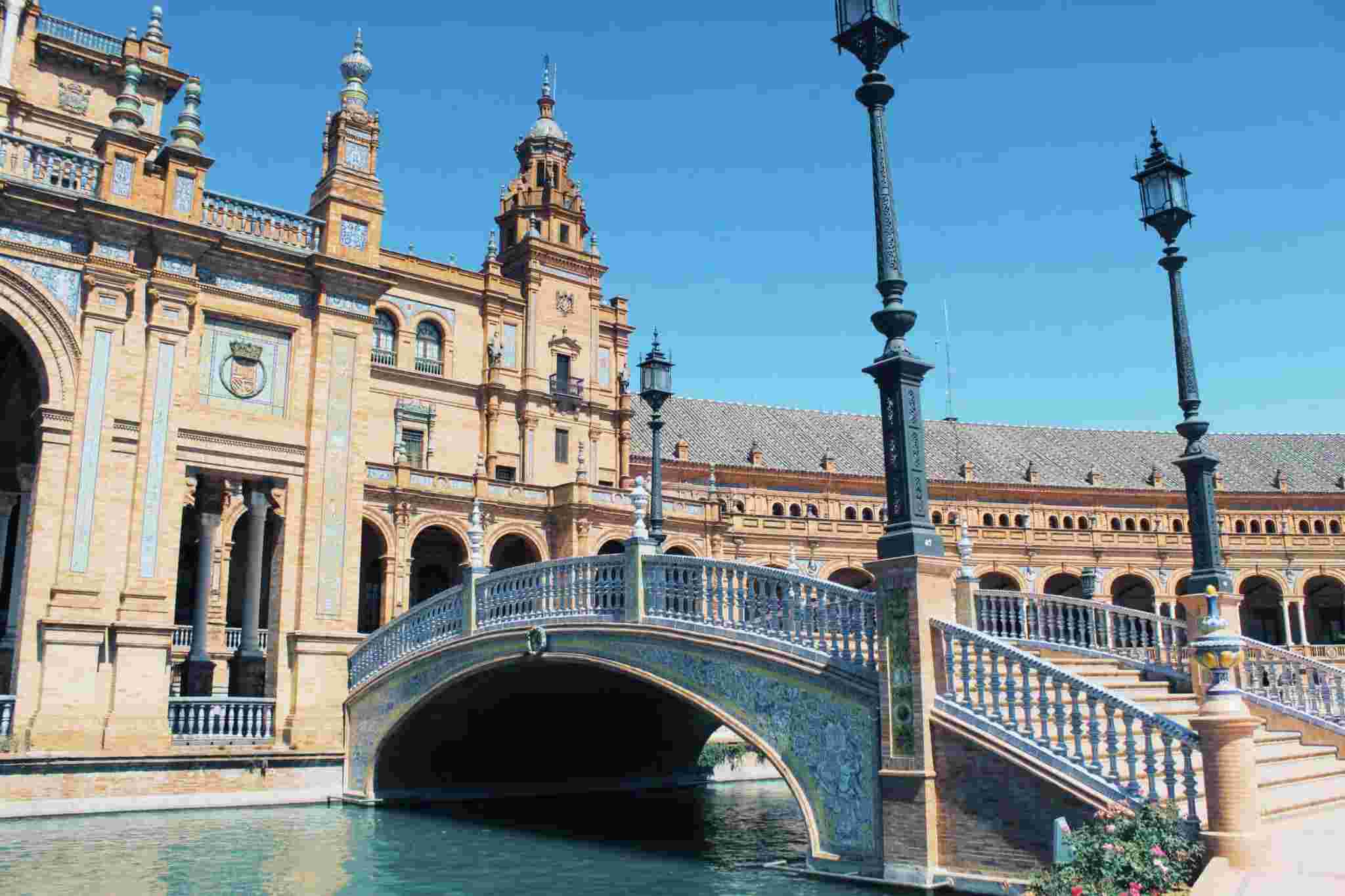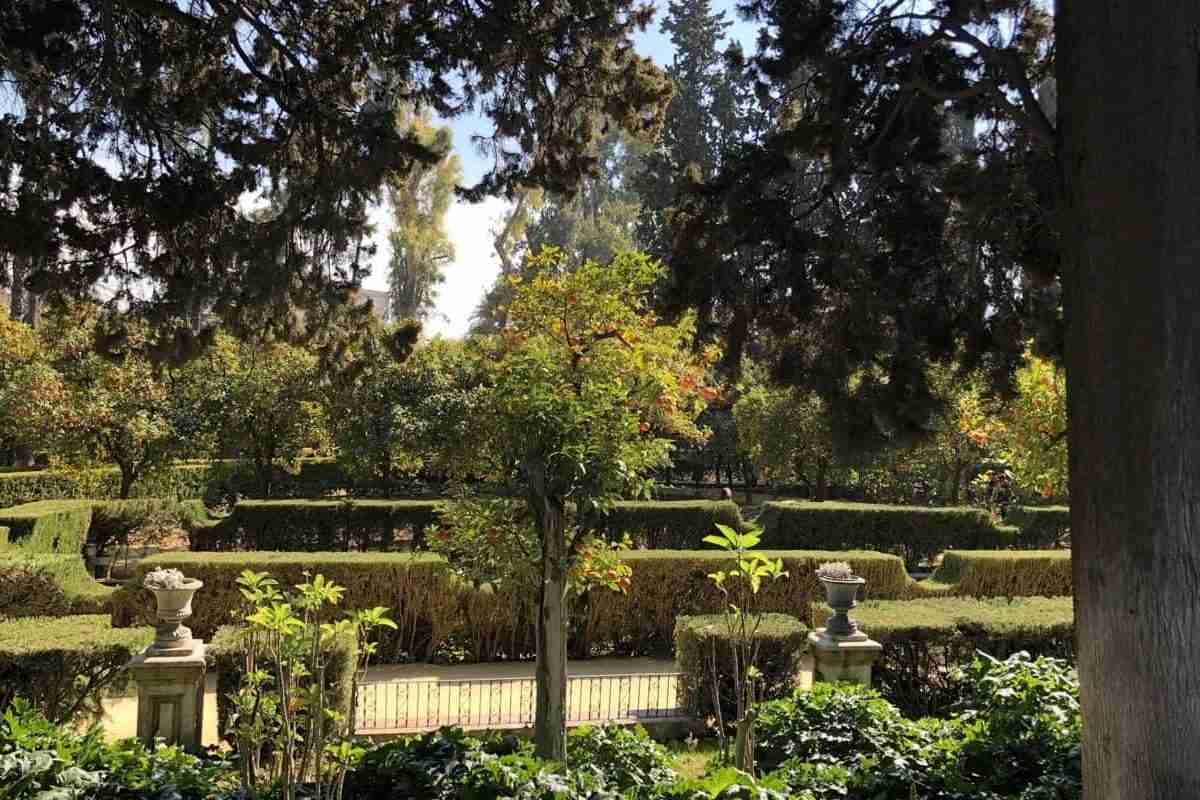Seville Itineraries
Disclaimer
Posts on visit-seville.com may contain affiliate links, meaning we get a small commission if you decide to make a purchase through our links, at no cost to you. Any income earned helps maintain this website and keeps it ad-free.
Visit Seville – Travel Guide to Seville, Spain
The best things to do in Seville, travel tips and attraction tickets
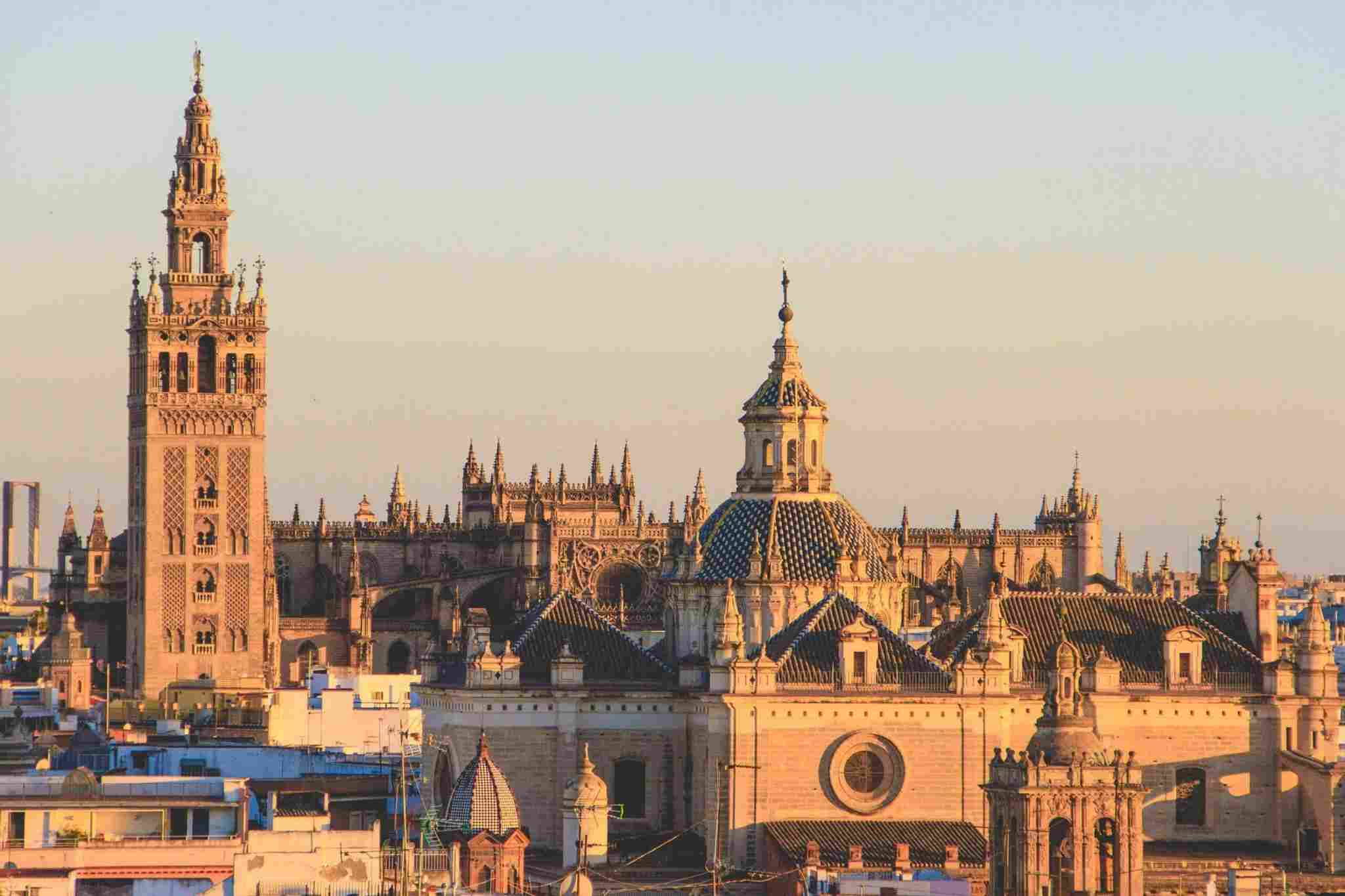
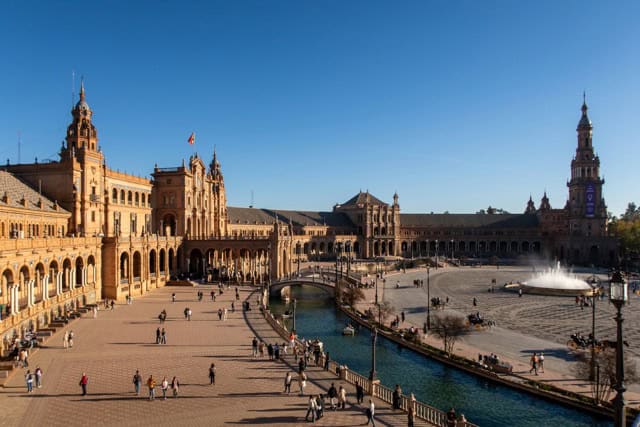
Welcome to Visit-Seville.com, your ultimate travel companion for exploring Seville, the vibrant capital of Andalusia!
This online travel guide is here to provide helpful tips and recommendations so you can make the most of your time in Seville.
Seville is one of Spain’s most visited cities, attracting millions of travelers every year and it’s easy to see why. From the beautiful Royal Alcazar and the towering Giralda to delicious tapas and lively flamenco shows, Seville has something for everyone.
Did you know?
Seville’s unique mix of history, culture and atmosphere has gained worldwide praise, with The Telegraph naming it the Greatest City in Europe in 2025.
Most Popular Things to Do in Seville
Looking for the best things to do in Seville? Here’s a curated selection of the most popular Seville attractions to help you plan your visit. Whether you’re planning a weekend break or a longer stay, these must-see things in Seville are a great place to start.
You can also check out our guide to the must-see landmarks in Seville for a quick overview of the city’s most iconic spots.
How Many Days Do You Need in Seville?
To really enjoy Seville, we suggest setting aside around three days. This gives you enough time to see the city’s main landmarks, like the Alcázar, Cathedral and Plaza de España, while still leaving space to wander the historic streets of Santa Cruz, enjoy a flamenco show or relax with tapas by the river. With 72 hours, you’ll get a good balance of sightseeing and soaking up the atmosphere. For ideas on how to plan your trip, take a look at our Seville 3 day itinerary, which breaks the visit down into an easy day-by-day guide.
What is the weather in Seville like? When should I visit Seville?
Seville has a Mediterranean climate, with hot, dry summers and mild winters. July and August are the hottest months, with daytime temperatures often above 40°C (104°F). During this time, many locals head to the coast or the north of Spain, and it’s common for shops and attractions to close in the afternoon before the city comes alive again in the evening.
The best time to visit Seville is in spring (March to May), when the weather is warm but comfortable and the city is full of colour and life. This is also when Seville hosts its most famous events, Semana Santa and the Feria de Abril.
Autumn (September to November) is another good time to visit, with pleasant temperatures and fewer crowds. Winter (December to February) is cooler and quieter, but still mild compared to much of Europe, making it a good option if you prefer a more relaxed trip.
| Jan | Feb | Mar | Apr | May | Jun | Jul | Aug | Sep | Oct | Nov | Dec | |
|---|---|---|---|---|---|---|---|---|---|---|---|---|
| Average Min. Temperature (°C) | 5° | 6° | 8° | 10° | 13° | 17° | 20° | 20° | 17° | 13° | 8° | 6° |
| Average Max. Temperature (°C) | 16° | 17° | 21° | 22° | 27° | 32° | 36° | 36° | 32° | 26° | 20° | 17° |
We recommend keeping in mind public holidays in Seville when planning your trip. On these dates, you may find that some attractions, museums, shops and restaurants close or operate with reduced hours, and public transport can experience some disruptions.
At the same time, many of these holidays bring unique traditions, processions and celebrations to the streets, which can be a great way to experience Seville’s culture, just expect a few more crowds than usual.
Seville Bank Holidays (2025)
| Date | Holiday |
|---|---|
| 1st of January | New Year’s Day |
| 6th of January | Epiphany (Three Kings’ Day) |
| 28th of February | Día de Andalucía (Andalusia Day) |
| 13th – 20th of April | Semana Santa (Holy Week 2025) |
| 1st of May | Labour Day |
| 6th – 11th of May | Feria de Abril (Seville Fair 2025) |
| 30th of May | Día de San Fernando (Day of Seville) |
| 19th of June | Corpus Christi |
| 15th of August | Assumption of Mary |
| 12th of October | National Day of Spain |
| 1st of November | All Saints’ Day |
| 6th of December | Spanish Constitution Day |
| 8th of December | Immaculate Conception |
| 25th of December | Christmas Day |
Where is Seville located in Spain?
Seville is located in the south of Spain, in the region of Andalusia. It’s considered the capital of Andalusia. The city sits on the banks of the Guadalquivir River and is one of the most important cultural and historical centres in the country.
To give you a sense of its location in relation to other major cities:
- Cádiz, a coastal city on the Atlantic, is about 90 km (56 miles) southwest of Seville, roughly a 1-hour drive.
- Córdoba, known for its stunning Mezquita, is around 135 km (84 miles) northeast, about 1 hour 30 minutes by train.
- Granada, home to the Alhambra, is about 250 km (155 miles) east, or around 3 hours by car.
- Madrid, the capital of Spain, is located 530 km (329 miles) to the north, with high-speed trains connecting the two cities in just 2.5 hours.
Thanks to its location and excellent rail and bus network, Seville makes a great base for exploring Andalusia and the rest of Spain.
Below is a map of Seville, showing its position in southern Spain, along the Guadalquivir River:
What is the currency in Seville?
The currency used in Seville is the Euro (EUR). If you need cash, you’ll find plenty of ATMs across the city, and they’re often the easiest way to get euros at a fair exchange rate. Banks and exchange offices are also available, though they may charge fees or offer less competitive rates.
Most hotels, restaurants,and shops accept major credit and debit cards, but it’s always handy to carry some cash, especially for small purchases like tapas, market stalls or local cafés.
For more details, check out our guide to currency exchange in Seville.
Is Seville Safe?
Seville is generally considered a safe city for visitors, and most tourists feel comfortable walking around both during the day and in the evening. As with many popular destinations, the main thing to watch out for is pickpocketing in busy spots like around the Cathedral, Santa Cruz or on public transport. Keeping an eye on your belongings is usually enough to avoid problems.
If you’re planning your visit, our Seville 3 day itinerary offers a relaxed and practical way to see the city’s highlights. You can also check our where to stay in Seville guide, which covers the most convenient and visitor-friendly neighbourhoods.
Is Seville famous for its Oranges?
Seville is famous for its bitter orange trees, which line many of the central streets. Unlike the sweet oranges grown mainly in Valencia, the ones in Seville are very tart and not eaten fresh. Instead, they’re used to make marmalade and are even exported abroad for this purpose.
The trees usually bear fruit from late December to early February, so if you visit Seville in Christmas, you’ll see the city filled with their bright orange colour mixed with the festive lights and decorations.
